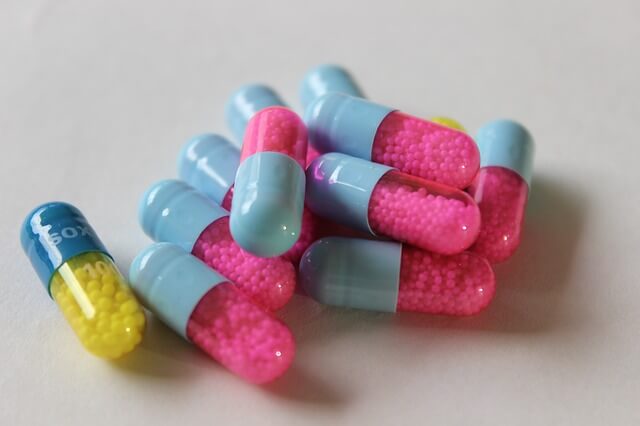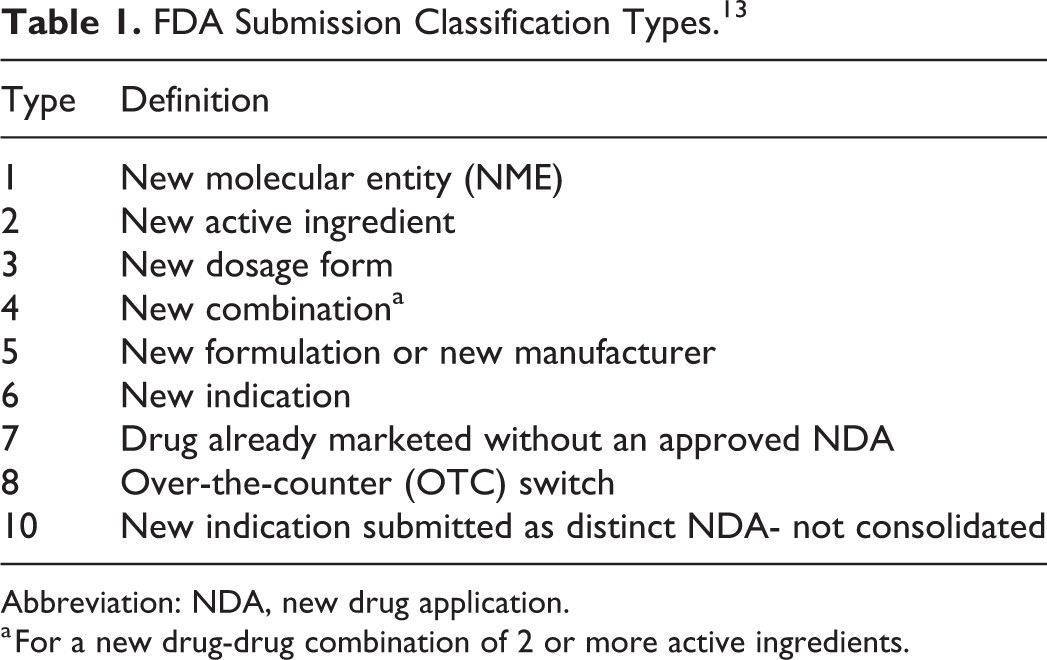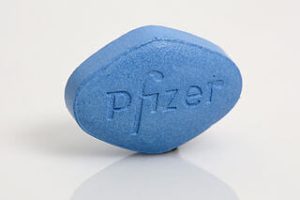
The story of Viagra’s patents and generic entry of sildenafil citrate is a valuable one because it covers many of the nuances of drug patenting and generic entry in the United States.
This article will describe the multiple patents, patent term extension, pediatric extension, litigation, out-of-court-settlement, and authorized generic fighter brand elements which led to Viagra’s long patent life and limited early entry of generics, and Pfizer’s post generic-entry strategy to limit the impact of competitors.
Protecting Viagra with Multiple Patents and Patent Extensions
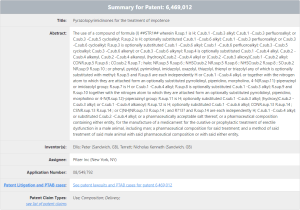
Viagra was approved in 1998, and the original patent covering Viagra was 5,250,534, which received a 283-day patent term extension giving it an expiration date of March 29th, 2012. This 14-year patent life is longer than many other drugs, but Pfizer was able extend the patent-protected life even further.
The ‘534 patent was filed in 1990, and in 1994 (four years prior to Viagra’s launch) Pfizer filed a second patent: 6,469,012. Because the ‘012 patent was filed prior to June 8th 1995 its term is 17 years from the grant date, rather than 20 years from the filing date, which is how expiration is determined for patents filed after Jun 8th 1995. The ‘012 patent was granted on October 22nd, 2002, so the original expiration date was set to October 22nd, 2019 — more than twenty years after the drug’s launch. The patent’s expiration was extended to April 22nd 2020 because Pfizer responded to an FDA request to perform pediatric clinical trials, granting six months of “pediatric exclusivity” protection.
Patent Challenges and Out of Court Settlement
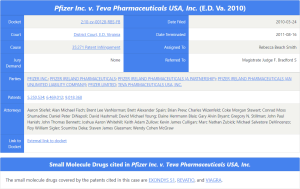
Pfizer successfully defended Viagra’s patents in many patent litigation suits over the years, but one lawsuit stands out. Despite prevailing in a lawsuit against Teva which affirmed the validity of patent 6,469,012, in 2013 Pfizer announced an out-of-court settlement with Teva, granting Teva a license to manufacture and sell generic sildenafil citrate starting in December 2017, more than two years before Viagra’s patent expiration. Importantly, this was not a ‘reverse-payment‘ patent settlement, as Teva was required to pay Pfizer a licensing fee to produce the generic.
Launching an Authorized Generic to Fight Generic Entry
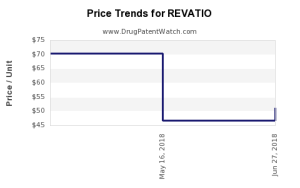
Generic drugs sell at a discount to the branded version, which hurts branded revenues, but there are things which brands can do to limit the impact. A popular tactic it to launch an authorized generic. In this strategy the branded firm licenses a third party to market the branded drug under another name, compelling the generic entrant (in this case Teva) to compete in the generic market. The authorized generic for Viagra was Revatio and it was licensed to several suppliers.
What About Viagra’s price?
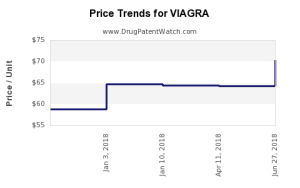
Viagra’s 2016 US sales were approximately 1.2 billion, and in 2017 they dropped to less than $800 million. With increased competition from Teva and from Revatio, revenues are expected to keep dropping, and widespread generic competition from the many companies with tentative approvals for Viagra will further-decrease Viagra sales. It appears that Pfizer is responding to increased competition by increasing Viagra’s price — the price trend for Viagra has been a general increase over time.
Lessons for Predicting Generic Entry
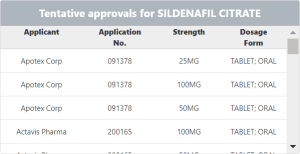
The story of Viagra and the generic entry of sildenafil citrate illustrates the value of data and the need to continuously re-evaluate factors affecting generic entry. Reliance on the first patent would have vastly under-estimated the date of generic entry, and looking solely at the expiration date of the second patent would have missed the December 2017 generic entry. DrugPatentWatch offers the tools to continuously track patents covering drugs, litigations, tentative generic approvals, and other factors essential to making better decisions. For more information, request a demo and learn more about our subscription options.















